Idea by
Provides Ng
Provides Ng
https://www.instagram.com/provides.ism/
Call for ideas 2020
Who should own our vegetation?
Who should own our vegetation?

- Systemic changes
Countless cities participate in a speculative economy of urbanism, where liquid capitals are accumulated in concrete form. Green initiatives face obstacles like shadow economies, where markets do not see how carbon cycling can be profitable. Among the challenges is the unwelcoming to urban vegetation, not only by development schemes, but also citizens. Every year, Hong Kong receives approx. 18000 complaints on trees, causing their removal. The rate of carbon cycling in urban trees is higher than those in forests, how can architects design for a system where carbon is the value we circulate within urbanism? If CO2 recycling is better for humans, there are value to be realised, what are the potentials of decentralising urban tree ownership as a carbon derivatives strategy? What is the minimum modular unit of land value relative to digital econometrics? This project discusses ways in which citizens and urban vegetation can be amalgamated into the same urban ecosystem dynamics.

A proposed app interface for platform econometrics as part of the implementation strategies.
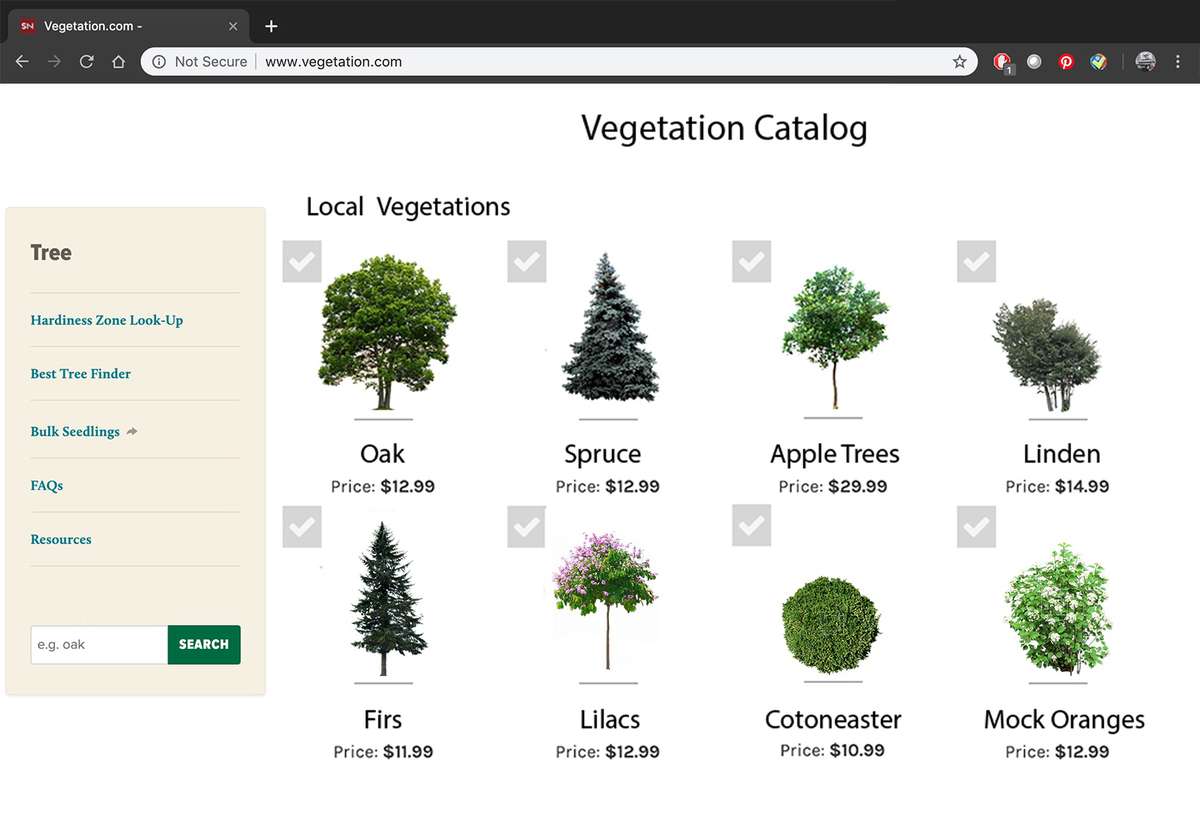
An example of web interface for decentralising urban tree ownership within urbanism.
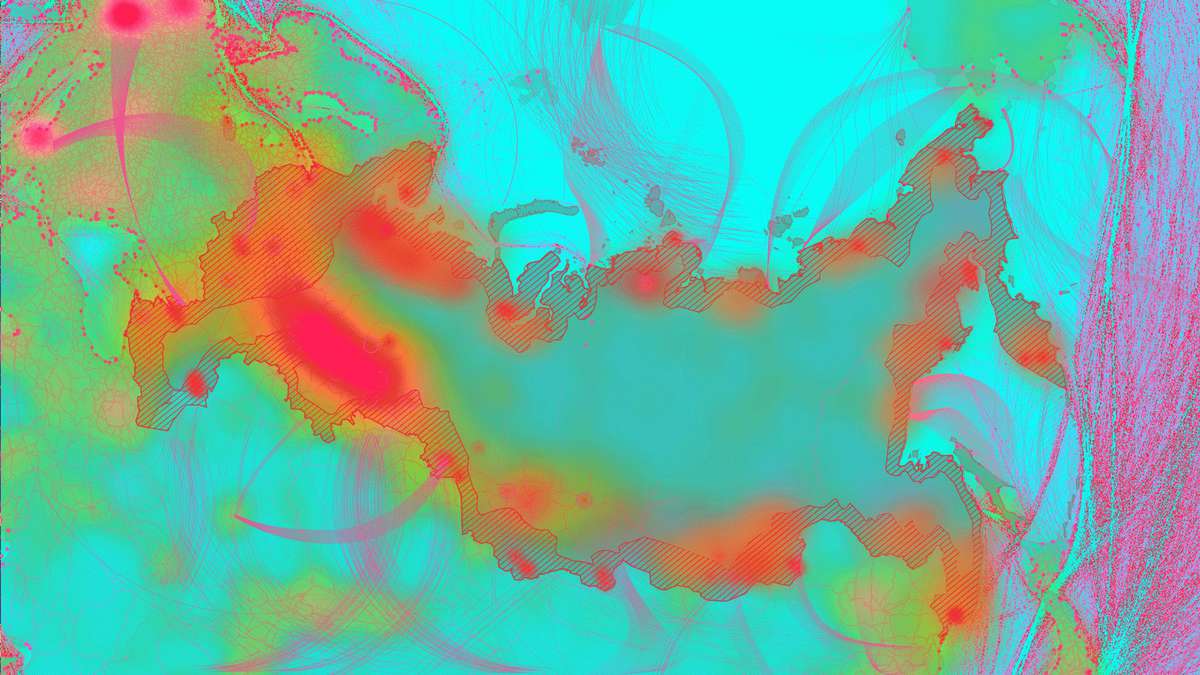
GIS mapping of urban trees and related market trading routes of Russia.
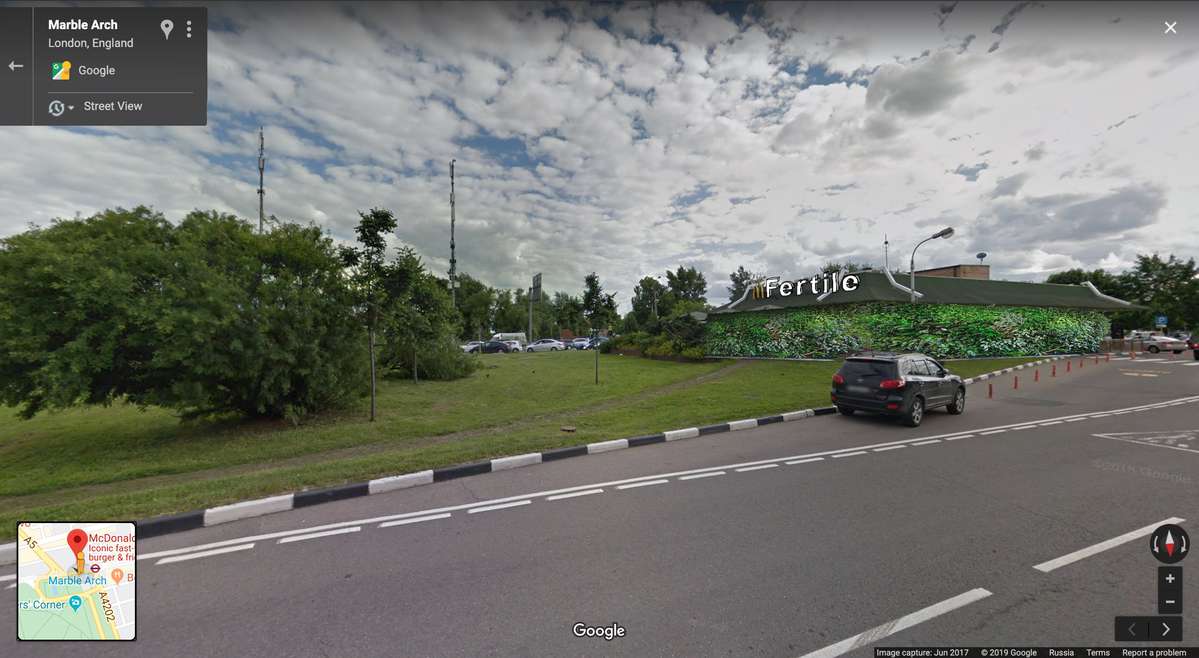
A speculation on the automated green infrastructure needed to support non-human urbanism.
Who should own our vegetation?
Who should own our vegetation?

- Systemic changes
Countless cities participate in a speculative economy of urbanism, where liquid capitals are accumulated in concrete form. Green initiatives face obstacles like shadow economies, where markets do not see how carbon cycling can be profitable. Among the challenges is the unwelcoming to urban vegetation, not only by development schemes, but also citizens. Every year, Hong Kong receives approx. 18000 complaints on trees, causing their removal. The rate of carbon cycling in urban trees is higher than those in forests, how can architects design for a system where carbon is the value we circulate within urbanism? If CO2 recycling is better for humans, there are value to be realised, what are the potentials of decentralising urban tree ownership as a carbon derivatives strategy? What is the minimum modular unit of land value relative to digital econometrics? This project discusses ways in which citizens and urban vegetation can be amalgamated into the same urban ecosystem dynamics.

A proposed app interface for platform econometrics as part of the implementation strategies.
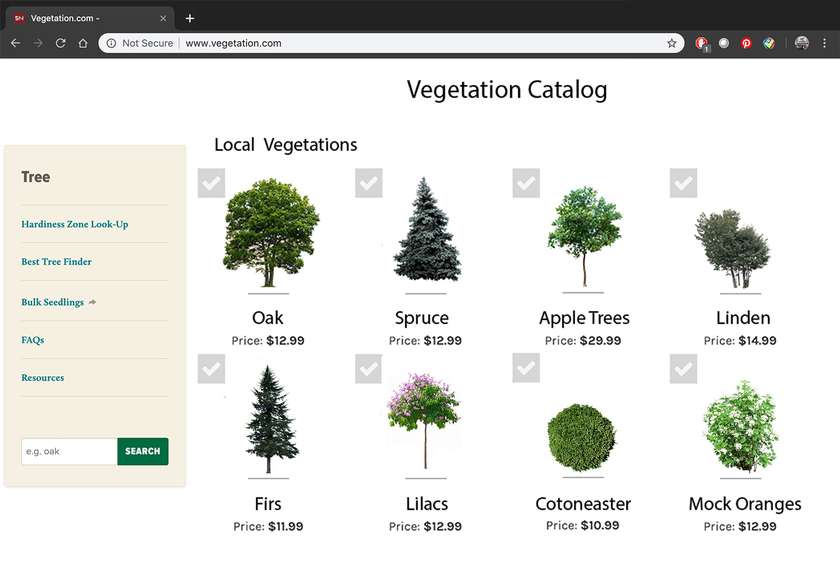
An example of web interface for decentralising urban tree ownership within urbanism.
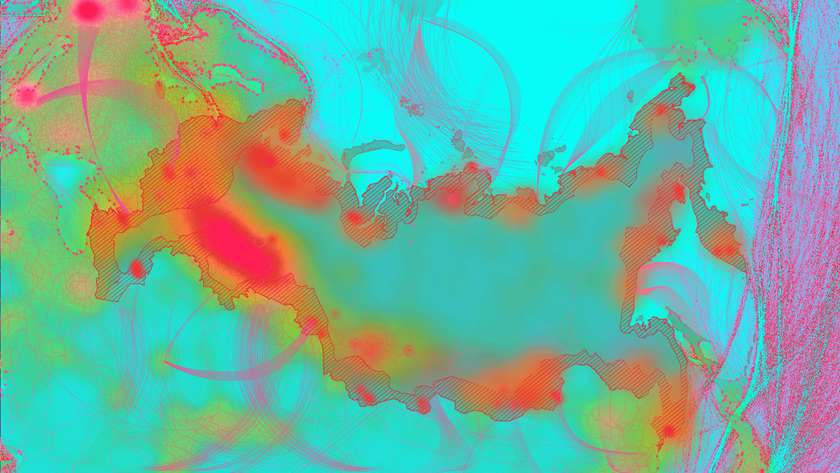
GIS mapping of urban trees and related market trading routes of Russia.
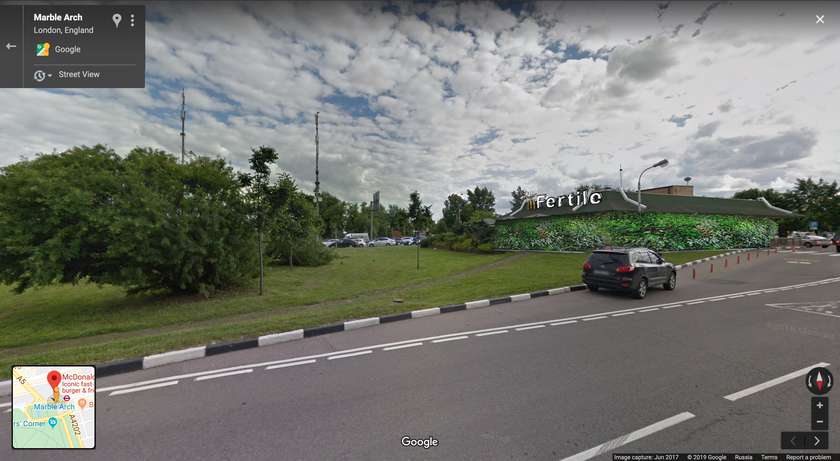
A speculation on the automated green infrastructure needed to support non-human urbanism.